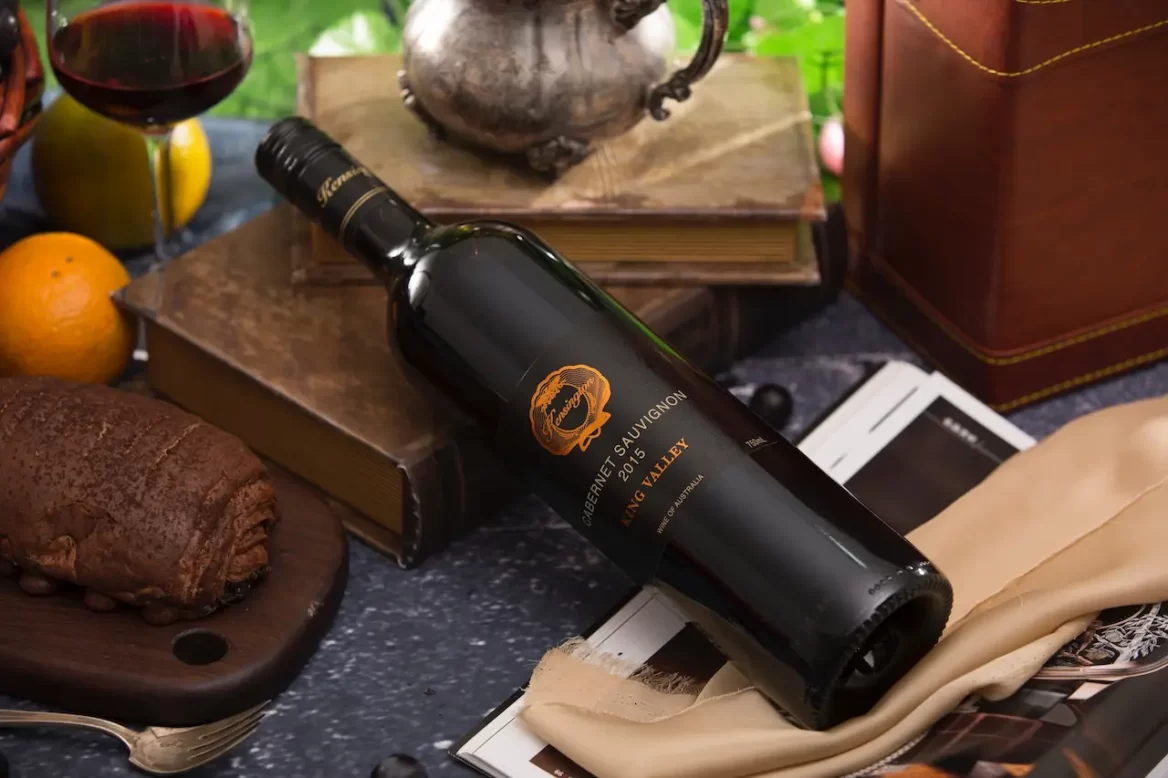
Wine is a delicate beverage that requires careful storage and serving to bring out its full flavor and aroma. Whether you're a casual wine drinker or a serious collector, it's important to understand the proper techniques for storing and serving wine to ensure that your bottles are always at their best.
In this article, we'll provide a beginner's guide to the dos and don'ts of storing and serving wine for optimal taste. By following these tips, you'll be able to enjoy your wine at its best every time.
When it comes to storing wine, the temperature is one of the most important factors. Wine should be kept in a cool, dark place to prevent it from getting too warm or being exposed to light, which can cause the wine to spoil or lose its flavor. The ideal temperature for storing wine is between 45-65°F (7-18°C), depending on the type of wine.
If you're serious about storing your wine properly, a wine refrigerator or wine cooler is a must. These appliances are specifically designed to maintain consistent temperatures and protect your wine from fluctuations and outside influences. A wine refrigerator or cooler will also help prevent your wine from getting too warm or too cold, which can be detrimental to its flavor.
Red and white wines are best stored at different temperatures to ensure that they are served at their optimal temperature. Red wines should be stored at slightly warmer temperatures, between 55-65°F (13-18°C), while white wines should be stored at slightly cooler temperatures, between 45-55°F (7-13°C).
Red wines benefit from being allowed to "breathe" before serving. This means opening the bottle and letting it sit for a few minutes to allow the wine to come into contact with the air. This helps to soften the tannins in the wine and bring out its flavors and aromas.
The type of glassware you use can also affect the taste of your wine. Different types of wine are best served in different types of glasses, which are designed to enhance the wine's flavor and aroma. For example, red wines are typically served in larger glasses with a wider bowl to allow for more oxygen to come into contact with the wine. White wines are typically served in smaller glasses with a narrower bowl to keep the wine cooler.
Heat and light are two of the biggest enemies of wine. Prolonged exposure to heat can cause the wine to spoil or lose its flavor, while exposure to light can cause the wine to develop off-flavors and aromas. To protect your wine, avoid storing it near heat sources such as radiators or ovens, and avoid exposing it to direct sunlight.
In addition to avoiding heat and light, it's also important to avoid storing your wine in a place with large temperature fluctuations. Wine should be kept in a place with consistent temperatures to prevent it from getting too warm or too cold, which can be detrimental to its flavor. A wine refrigerator or cooler is a great option for maintaining consistent temperatures.
Once a bottle of wine is open, it's important to finish it within a few days to prevent it from going bad. When a bottle of wine is open, it's exposed to oxygen, which can cause it to spoil or lose its flavor. If you're not planning on finishing an open bottle of wine within a few days, consider using a wine preservation system to extend its shelf life.
The temperature at which you serve your wine can also affect its flavor and aroma. Red wines are typically served at slightly warmer temperatures, between 60-65°F (16-18°C), while white wines are typically served at slightly cooler temperatures, between 45-50°F (7-10°C). Serving your wine too warm or too cold can mask its flavors and aromas, so it's important to get the temperature right.
When it comes to serving wine, it's important to use a separate glass for each type of wine. Mixing different types of wine in the same glass can result in unwanted flavors and aromas. For example, if you're drinking a red wine followed by a white wine, it's best to use a different glass for each wine to avoid contaminating the flavors.
Storing and serving wine at the right temperature is essential for bringing out its full flavor and aroma. By following the dos and don'ts of wine storage and serving, you can ensure that your wine is always at its best. Whether you're a beginner or an experienced wine drinker, these tips will help you get the most out of your wine every time.
